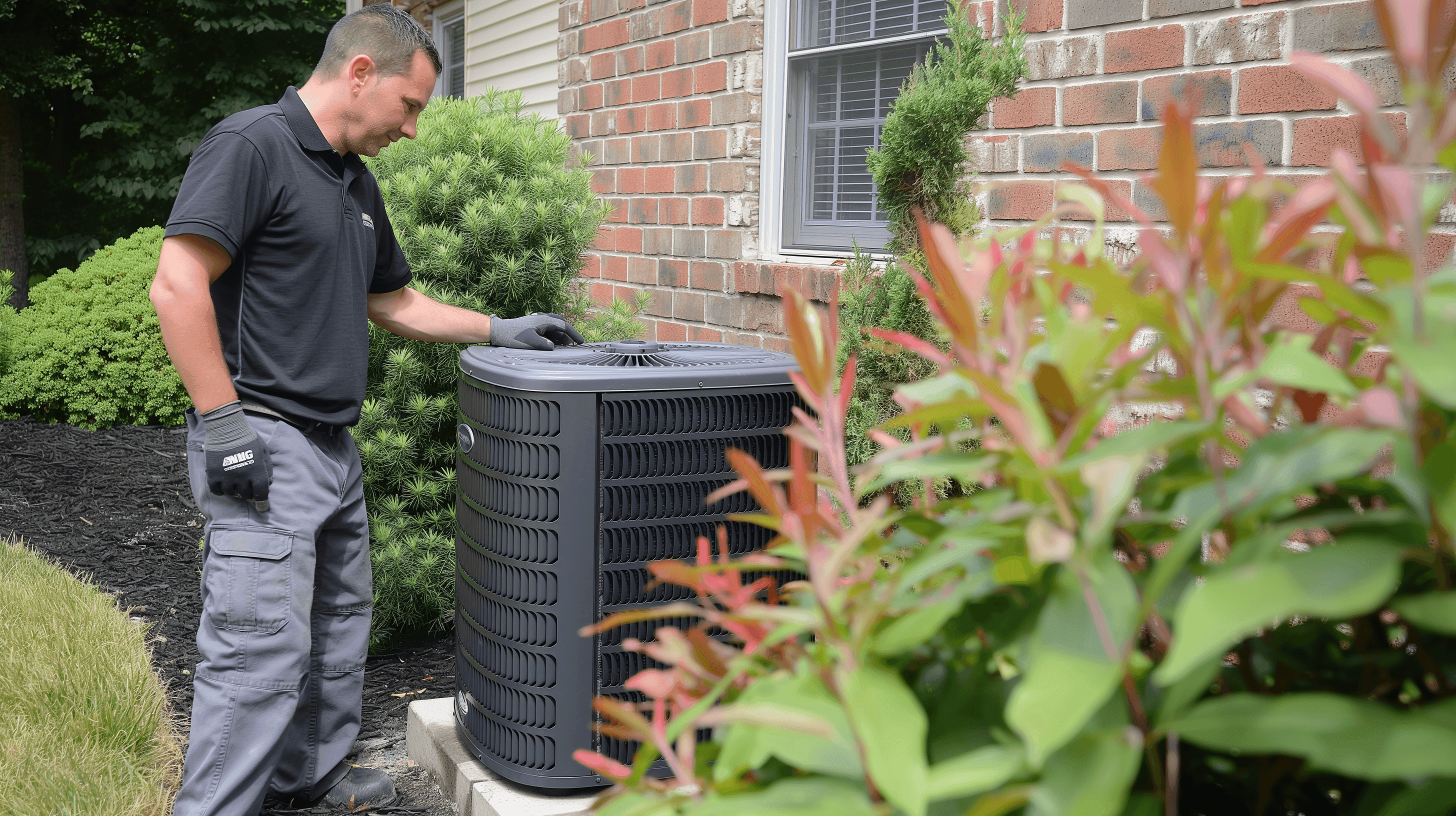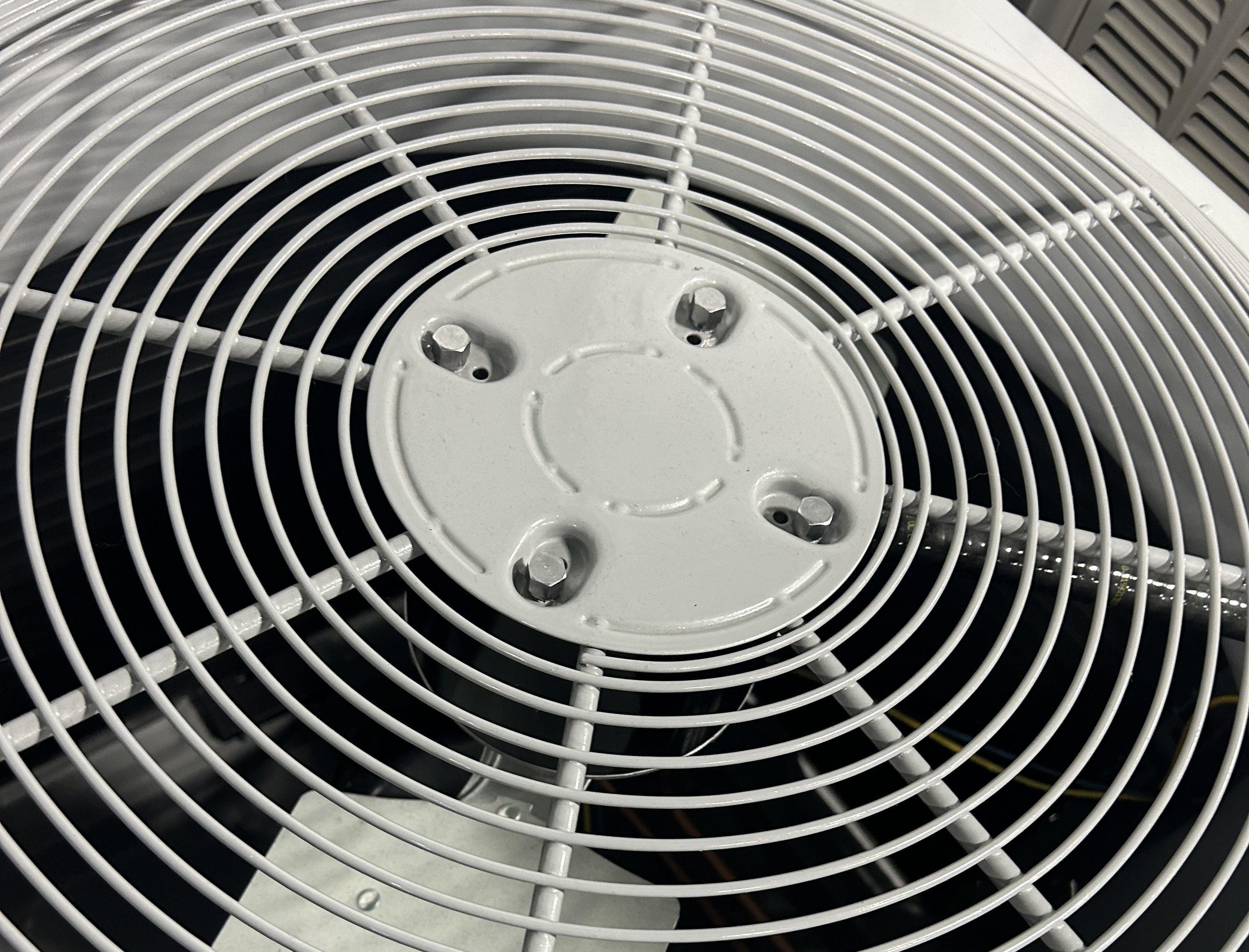
Heat Pump vs Air Conditioner: What to Know in 2024
Sharing your quote takes less than a minute

When it comes to keeping your home comfortable, the battle between heat pumps and central air systems has been a longstanding debate. In 2024, with advancements in technology and a growing emphasis on energy efficiency, it’s crucial to stay informed about the options available for your HVAC system.
HVAC.com explores the key differences between a heat pump vs. air conditioner, helping you make an informed decision for your home.
If you’re looking to upgrade your current HVAC system with a new heat pump or central air conditioner, allow QuoteScore from HVAC.com to thoroughly analyze your quotes to determine whether you’re receiving a fair deal. Our team of industry insiders will determine what’s good, what’s not, and recommend clear next steps so you can buy with confidence.
How Do Heat Pumps and Central Air Conditioners Work?
Both central air conditioners and heat pumps remove heat from the indoor air to lower the temperature. Excess heat is absorbed by refrigerant within the indoor coil. It travels to the outdoor unit and heat is released outside. This process not only cools the indoor space but also dehumidifies it, providing a more comfortable and controlled environment.
While a central air conditioner can only cool a home, a heat pump can also provide heating. In colder months, it reverses the heat transfer process, extracting heat from the outdoor air and moving it inside to warm your home.
Heat Pump vs Air Conditioner Cost Considerations
Central Air
The initial cost of installing a central air system is typically lower than that of a heat pump. Installing a new central air conditioner may qualify you to receive a federal tax credit worth 30% of the total project cost, up to $600. Energy Star-certified systems with a SEER2 of 16 or higher are eligible.
Heat Pump
While the upfront cost of a heat pump installation might be higher, the potential savings on energy bills over time can offset this initial investment due to their heating efficiency. Also, the federal tax credits available for qualifying heat pumps are much higher than those available for central air conditioners – 30% of the total project cost, up to $2,000. To qualify, heat pumps installed in the southern region of the U.S. must be Energy Star labeled; in the North, heat pumps must be certified as Energy Star Cold Climate units with an EER2 of 10 or higher.
You may also qualify for a rebate through the HEEHRA program, which focuses on home electrification projects for low- and moderate-income households. If your household earns less than 80% of your area’s median income, you could receive a rebate of $8,000 for installing a qualifying electric heat pump. For households earning between 80-150% of the area’s median income, the heat pump rebate would be $4,000.
Distinguishing Energy Efficiency: Heat Pumps vs. Central Air Conditioners
- Central Air. Both central air conditioners and heat pumps offer a similar ability to provide efficient cooling. The SEER2 rating represents the ratio of cooling output to electrical input over an entire cooling season.
- Heat Pump. The distinguishing feature of heat pumps is their ability to provide both heating and cooling functions. This process makes heat pumps highly efficient for heating, especially in moderate climates. Traditional heat pumps typically need an auxiliary heating source once the temperature drops below 40 degrees, although cold climate heat pumps are becoming more common.
The efficiency of a heat pump in heating mode is measured by the Heating Seasonal Performance Factor (HSPF2). HSPF2 represents the ratio of heating output to electrical input over an entire heating season.
The advantage of heat pumps over traditional heating systems, such as furnaces, lies in their ability to provide efficient heating with lower energy consumption. This dual functionality makes heat pumps a versatile and cost-effective solution for year-round climate control, particularly in regions with milder winters.
Maintenance and Longevity
Central Air
Central air systems generally require less maintenance than heat pumps. Since they only function as air conditioners, they are only used for roughly half the year. With proper care and regular servicing, central air units can have a long lifespan, typically about 15-20 years.
Heat Pump
Heat pumps have a dual role, providing both heating and cooling. As such, they operate year-round and require more maintenance than a central air conditioner. Regular check-ups and filter replacements are essential to keep a heat pump running efficiently. Heat pumps last about 10-15 years.
Sharing your quote takes less than a minute




